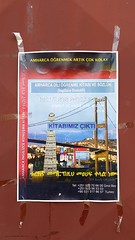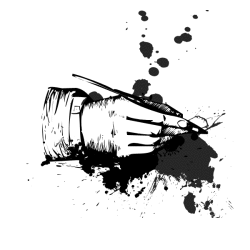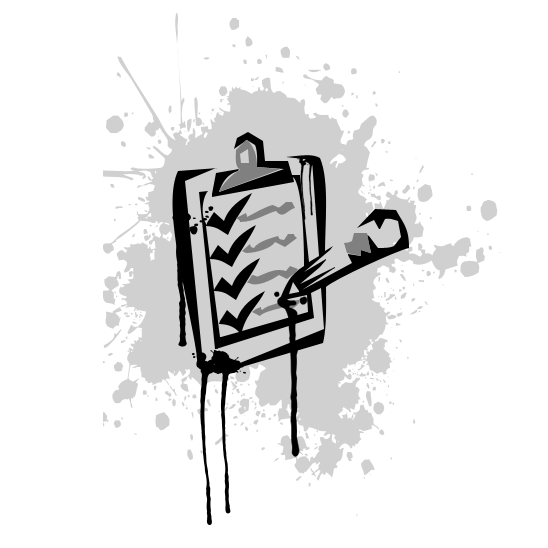A version/part of this post was presented during the Second Annual Conference on Social Work in the Global Environment at Kutztown University on March 26, 2014. The presentation was entitled “The Global City as Level of Analysis: Connecting the Local and the Global.” As a globally oriented sociologist with concerns for social justice, I do not see social processes and movements as being just local or tied to specific nation-states. Rather, for me the local is always global, and the global is always local. This was the underlying premise of my presentation and this blog post on why I study cities.
Why am I interested in cities? As a product of SUNY Binghamton’s sociology program, I was trained in world-systems. World-systems is a multidisciplinary large-scale long-term approach that emerged in the 1970s and was a preceded the popularization of globalization studies. However, I was never particularly comfortable with the macro-level global approach of world-systems. Without going too much into my intellectual autobiography, my draw to cities is that it is a level of analysis that intersects the local and the global. Specifically, I wanted a more nuanced level of analysis than the nation-state. Why is the nation-state a problem? Perhaps the best example is the problem of poor regions of “core” counties in comparison to urban centers in semi-peripheral and peripheral counties. While there are no doubt high levels of poverty in cities in the Global South, such cities have amenities that are indistinguishable from that of major cities in the developed world – amenities that poor regions of the core lack. Central business districts, university campuses, golf courses, gated communities, and other elite amenities. This makes urban areas, and in particular alpha or primate cities (the largest city in a region or country), different economically, politically and culturally (as well as environmentally) from the rest of the country. Cities and their relationship to the rest of the country, and in comparison to other nation-states become a useful tool in understanding the larger (global) problem of uneven development. After all, more than half the world’s population live in urban areas – which are very much the product of transnational economic activity and migration.
Of course, urban poverty in the developed and less developed world are not the same thing. However, I believe that urban comparisons are more comparable when using economic indicators like GDP and social indicators to discuss inequality between different places (than at the national level). Moreover, an examination of cities, allows us to discuss the way in which inequality reproduces itself through local as well as global processes. Cities, and more specifically global cities, are a manifestation of the world-economy (which includes the modern world-system) (Knox & Taylor, 1995). London, Tokyo and New York look the way that they do thanks to the way they are connected to other cities – through migration, trade and other forms of social, economic, and political exchange (Friedmann, 1986; Sassen, 2001). More significantly, we see that it’s not just cities in core countries that fit this description of “Global.” Kuala Lumpur, Istanbul, Mumbai, Johannesburg, and Rio de Janiero are all cities very much linked to international finance, multinational corporations, the transnational business class and immigrant communities.When we look at something like immigration, we see similar “pull” factors between cities, because these are nodal points of the world-economy.
At the same time, we can look at such cities with much more nuance than just products of globalization. We can look at individuals, local groups (such as immigrant communities), and “micro”-level social actors that are more than just products of macro level phenomenon (or a top down approach). Rather they are active agents in the shaping of their social worlds within the cities they live and operate in. This is key. In global cities, we can talk about their agency in trade, global social movements, and cultural production. Cities and their citizens are active within transnational networks, which means that they are active participants in the processes of globalization. The best example of this is remittances. It is estimated that over $500 billion are sent to home countries by immigrants. This money not only goes into consumer goods, but family businesses and construction projects that fundamentally shape urban landscapes around the world (Lopez, 2010). Immigrants and diasporic communities in shape cities as much as the cities shape and structure their lives. Cities, after all, are homes. Cities are work places. People have emotional connections to place, whether they love or hate where they live. I would argue that environment, social context, and location come together in very important ways that explain the reproduction of social structure (a very sociological concern). It is, after all, social structure that creates and reproduces inequality.
Many urban communities are global and the spaces they occupy are global. In global cities elite spaces – gated communities – are constructed alongside sites of oppression and poverty – the favelas, banlieu, township, ghetto. Both spaces are the product of migration, draconian public policy, the push of aggressive real estate developers, as well as environmental degradation. Not only are they sites of destruction and inequality, but they are sites in which social justice is fought for. The existence of both spaces, reveal the urban nature of local and global social justice struggles. French sociologist and theorist Henri Lefebvre (1996) used the term “right to the city” to refer to the human right and dignity people should have within the world’s most common “lived” space – the city. David Harvey (2008, 2010. 2012) in his classic work Social Justice and the City and later works have argued that cities are sites of struggle. As such, there is no doubt in my mind that cities embody and contain many of the local and global struggles that people face.
Work Cited:
- Friedmann, J. (1986). The World City Hypothesis. Development and Change, 17(1), 69–83.
- Harvey, D. (2008). The Right to the City. New Left Review, (53), 23–40.
- ——. (2010). Social Justice and the City. Atlanta: University of Georgia Press.
- ——. (2012). Rebel Cities: From the Right to the City to the Urban Revolution. London: Verso Books.
- Knox, P. L., & Taylor, P. J. (Eds.). (1995). World Cities in a World-System. Cambridge: Cambridge University Press.
- Lefebvre, H. (1996). Writings on Cities. (E. Lebas, Ed.). Oxford & Cambridge, MA: Blackwell.
- Lopez, S. L. (2010). “The Remittance House: Architecture of Migration in Rural Mexico,” Buildings & Landscapes: Journal of the Vernacular Architecture Forum, 17 (2), 33–52.
- Sassen, S. (2001). The Global City: New York, London, Tokyo. Princeton, NJ: Princeton University Press.












